The Tokyo-based Groovisions motion graphic design crew has created a stylishly animated educational video for the Ministry of Agriculture, Forestry and Fisheries (MAFF), which highlights some of the issues surrounding the future of food in Japan.
In the video, Groovisions use their hallmark playful-yet-ordered sim-like virtual landscape to illustrate a host of food-related challenges facing Japan. Issues include Japan's 40% food self-sufficiency rate (the lowest of any major industrialized nation), the declining agricultural industry, and the impact of world population growth and environmental changes on the global food supply.


The video also suggests that the Western-style diet of meat, fat and oil, which has partially replaced Japan's traditional diet of rice, fish and vegetables, has contributed to a variety of health problems and reduced demand for domestically grown produce. The food situation is exacerbated by other demographic factors such as the aging farming population and the abandonment of agricultural land. To reverse these trends, MAFF encourages consumers to make sustainable food choices and urges the industry to produce safe, properly labeled food.
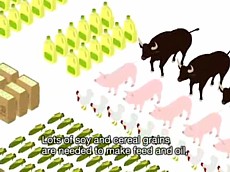

The video (w/ English subtitles) was posted on the official MAFF YouTube channel, which was created last month.
[Link: Ensuring the Future of Food (Tip: watch the high-quality version)]









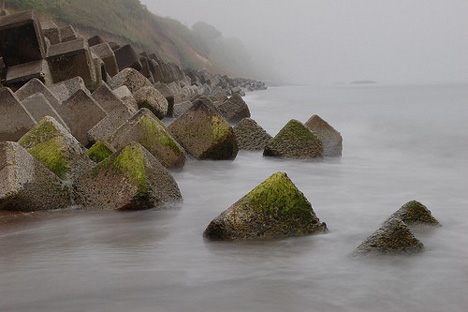
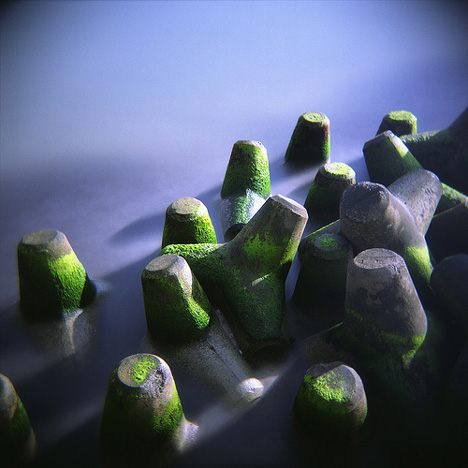

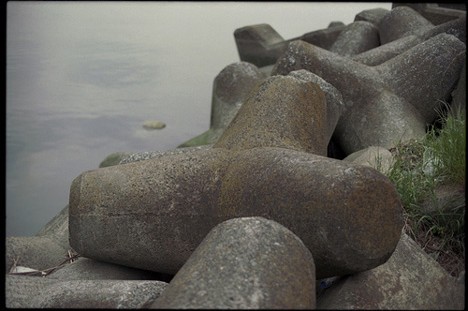
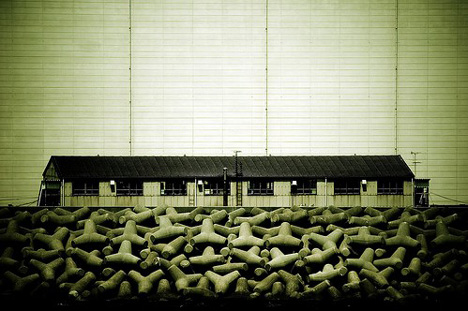
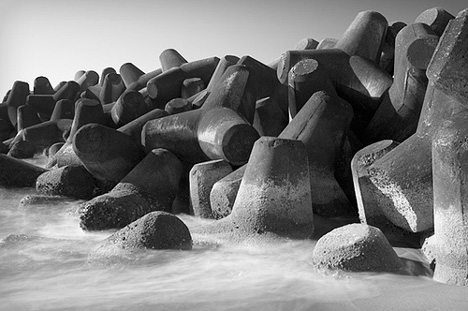
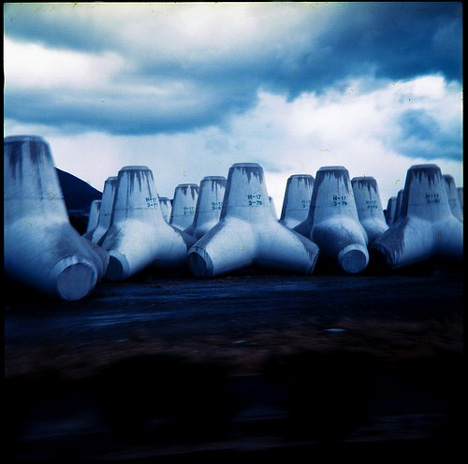
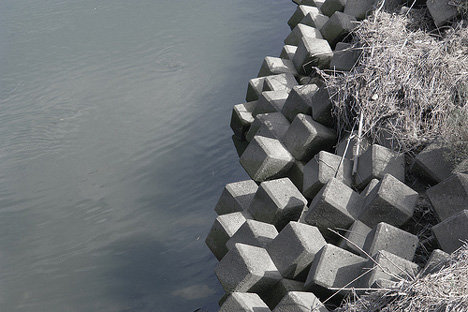
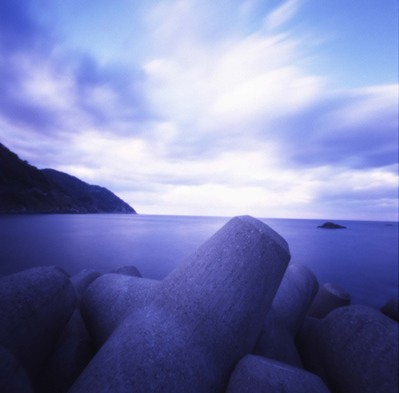
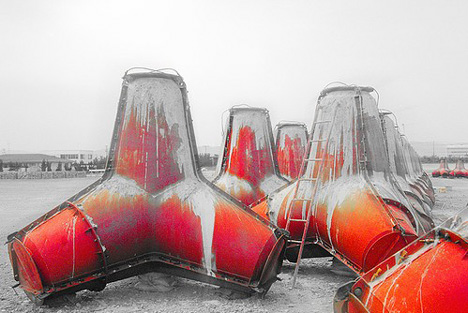
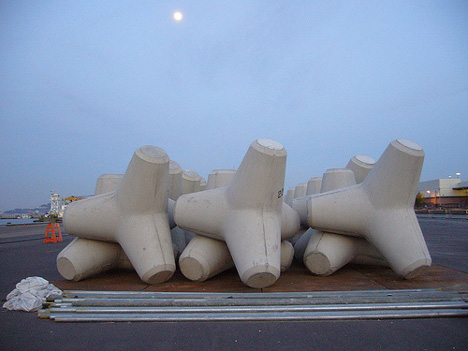
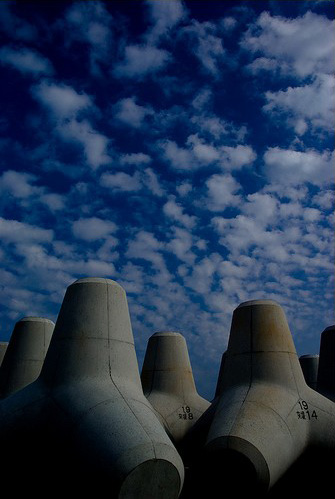
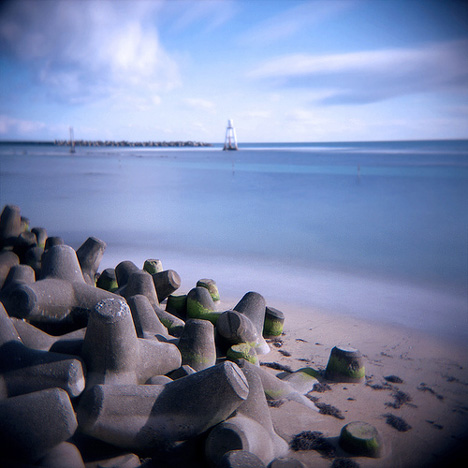


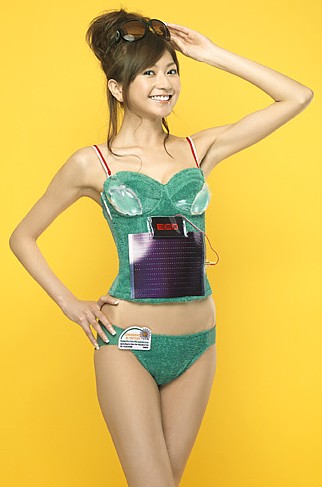 Lingerie maker
Lingerie maker 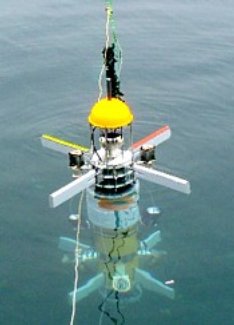 As long as oil is transported by sea, accidental spills will remain a threat to the marine environment. When an oil spill occurs, the cleanup response must be quick in order to minimize the environmental and economic impact. To help speed up the response, researchers at Osaka University are developing an autonomous marine robot that can track down spilled oil and provide real-time location data.
As long as oil is transported by sea, accidental spills will remain a threat to the marine environment. When an oil spill occurs, the cleanup response must be quick in order to minimize the environmental and economic impact. To help speed up the response, researchers at Osaka University are developing an autonomous marine robot that can track down spilled oil and provide real-time location data. On November 7, lingerie maker Triumph International Japan unveiled the "My Chopsticks Bra," which features a pair of cups that resemble bowls of rice and miso soup, and a set of collapsible chopsticks that tuck into either side. The My Chopsticks Bra is the latest addition to Triumph's line of concept lingerie designed to boost awareness of environmental issues.
On November 7, lingerie maker Triumph International Japan unveiled the "My Chopsticks Bra," which features a pair of cups that resemble bowls of rice and miso soup, and a set of collapsible chopsticks that tuck into either side. The My Chopsticks Bra is the latest addition to Triumph's line of concept lingerie designed to boost awareness of environmental issues.  On June 20, NTT Docomo and am/pm Japan announced plans to begin equipping convenience stores with cellphone recycling bins, making it easier for people to recycle their unwanted devices.
On June 20, NTT Docomo and am/pm Japan announced plans to begin equipping convenience stores with cellphone recycling bins, making it easier for people to recycle their unwanted devices.  On February 6, Nippon Oil (ENEOS), Toyota Motors, Hino Motors and the Tokyo Metropolitan Government announced the launch of a joint project aimed at putting bio hydrofined diesel (also known as BHD, or second-generation biodiesel) into practical use. In 2007, the city will begin trial operation of city buses that run on a 10% BHD-diesel blend.
On February 6, Nippon Oil (ENEOS), Toyota Motors, Hino Motors and the Tokyo Metropolitan Government announced the launch of a joint project aimed at putting bio hydrofined diesel (also known as BHD, or second-generation biodiesel) into practical use. In 2007, the city will begin trial operation of city buses that run on a 10% BHD-diesel blend.